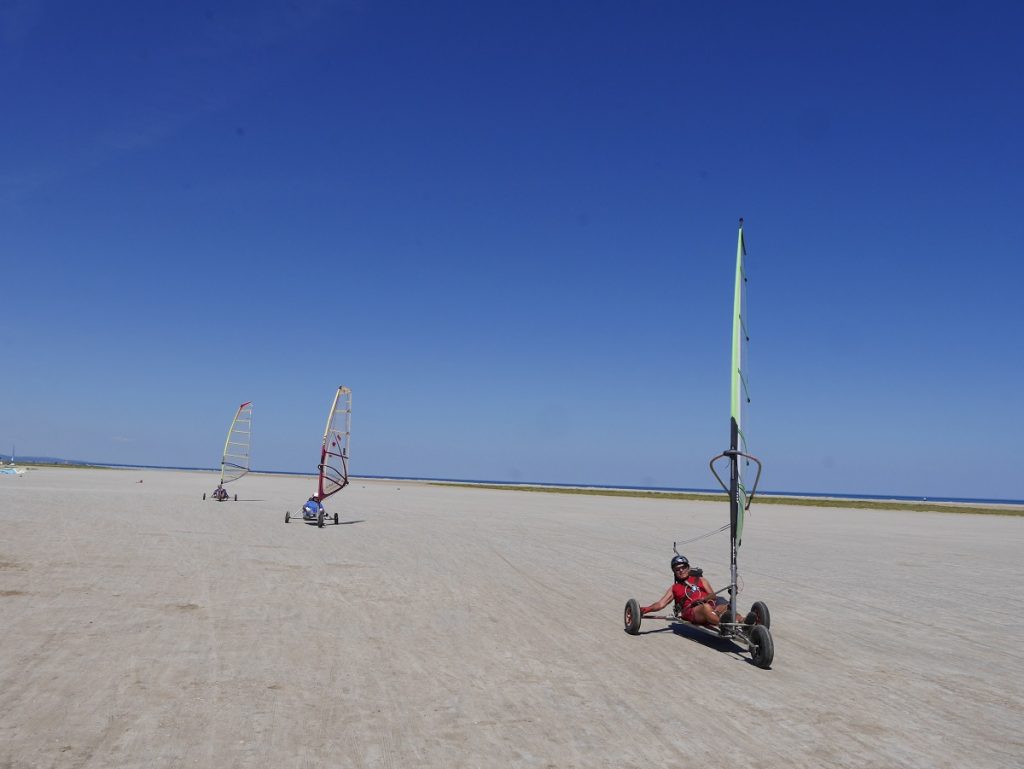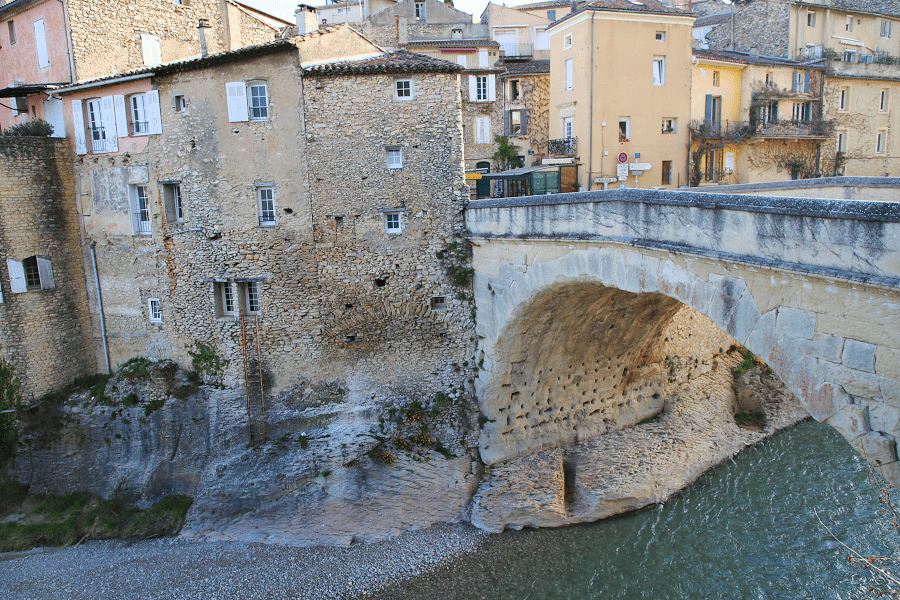Saint-Affrique (in Occitan Sant Africa) is a commune in the Aveyron department, Occitania region (Massif Central, France), sub-prefecture from 1800 to 1926.
Main attractions
Religious buildings:
- Notre-Dame de Saint-Affrique parish church, built between 1894 and 1905; Gothic in style, the interior features a gilded 15th-century wooden Virgin Mary. The impressive neo-Gothic spire, rich in “lace” sculptures, rises to a height of 71 meters (other sources put it at 81 meters…).
- Église Sainte-Julitte-et-Saint-Cyr de Vendeloves. 19th century.
- Église Saint-Germain de Bournac. 12th and 19th centuries.
- Notre-Dame de Tiergues church. 19th century.
- Church of Bedos. 16th century, with Romanesque remains.
- Church of Saint-Martin du Cambon. 19th century.
- Church of Saint-Étienne-de-Naucoules. The church existed in 1678.
- Former Cordeliers church and convent. 13th century. One of the chapels was founded by the de Roquefeuil family.
- 19th-century churches: de Boussac, de Vailhauzy.
- Chapel of the convent of the Sœurs de l’Adoration-Perpétuelle de Saint-Affrique.
- Chapel of Saint-Amans de la Loubatière. 20th century.
- Former chapel of Saint-Amans de la Loubatière. Saint-Géraud de Bournac chapel.
- Ruins of the chapel of Saint-Martin de Boussac.
- Niches with votive statues of the Virgin Mary on house facades.
- Temple of the United Protestant Church of France in Saint-Affrique.
Civil buildings:
- The Tièrgues dolmen, classified as a historic monument in 1889.
- Remains of ancient fortifications: surrounding tower, traces of ramparts (today boulevard Victor-Hugo, boulevard de la République, place de la Liberté and boulevard Charles-de-Gaulle.
- Former 18th-century hospital, now Collège Foch.
- Statue of Leftiez in honor of his victory at ST17.
- Collège Saint-Gabriel, 19th century.
- Château de Vailhauzy (19th century).
- Château de Bournac (13th century, 15th century), restored in the 19th century.
- Ruins of Château de Caylus on the Caylus rock overlooking the town.
- Château du Mas Rougier (historic monument, listed by decree on March 19, 1979): features a rectangular dwelling, circular tower, square tower, loopholes and machicolations.
- The Pont Vieux (Old Bridge), listed as a historic monument by decree of July 12, 1886, was built around 1270.
- The Pont Neuf, built in the late 17th century.
- The Béliers fountain, by sculptor Rémi Coudrain, on the town hall square.
- The public garden and its bandstand.
- The Savignac stone wine press (listed as a historic monument by decree of August 7, 1980).
- Pastoralia, an interactive museum on sheep farming.
How to get to?
From Paris: 6 hr 47 min (667 km) via A71 and A75
From Toulouse: 2 hr 5 min (155 km) via A68 and D999
From Andorra: 4 hr 29 min (335 km) via D999
From Barcelona: 4 hr 16 min (406 km) via AP-7 and A9
From Madrid: 9 hr 37 min (960 km) via A-1 and A64
From Monaco: 5 hr 3 min (466 km) via A8
From Moscow: 35 hr (3,359 km) via E30/M1
From Belgrade: 17 hr 55 min (1,771 km) via E70
From Istanbul: 28 hr (2,718 km) via E70
From Bern: 7 hr 7 min (722 km) via A75
Main information
Area: 110,96 km2
Population: 9206
Coordinates: 43°57′33″N 2°53′14″E
Language: French
Currency: Euro
Visa: Schengen
Time: Central European UTC +1
See here Pyrenees travel guide
See here France travel guide
See here Spain travel guide






















